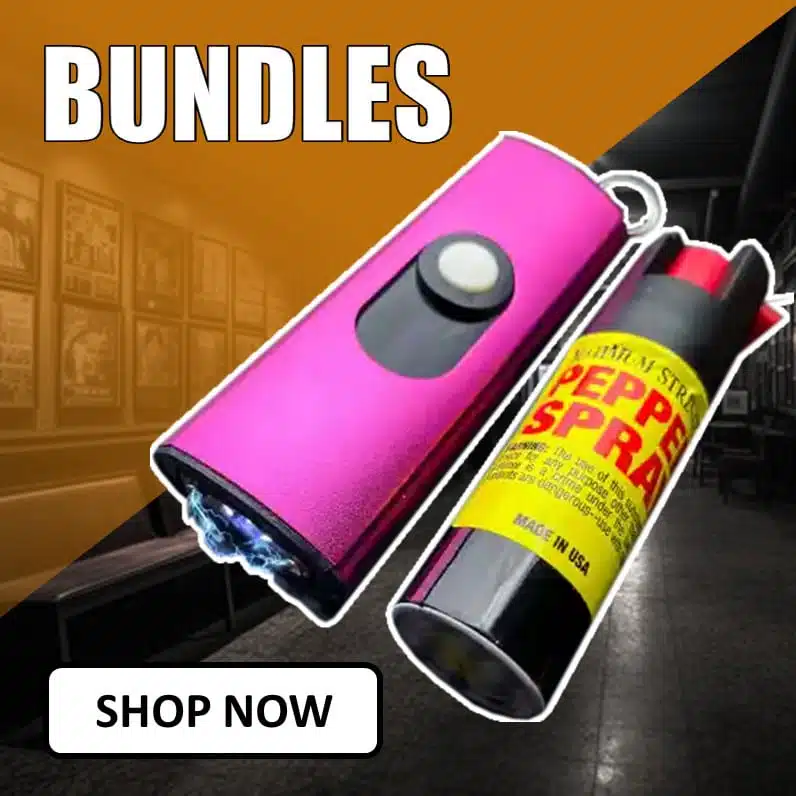Table of Contents
- Understanding the Key Differences Between Spray Gel and Foam Formulations
- Evaluating Effectiveness and Application Techniques for Each Product Type
- Targeting Skin Types and Conditions with the Appropriate Formulation
- Expert Recommendations for Selecting the Best Option Based on Your Needs
- In Retrospect
Understanding the Key Differences Between Spray Gel and Foam Formulations
When deciding between spray gel and foam formulations, it’s essential to understand how their textures and application methods impact performance. Spray gel typically offers a controlled, targeted delivery, making it ideal for precision styling or localized treatment. It combines the buildable hold of a gel with the lightweight feel of a spray, allowing for layered application without the heaviness that traditional gels sometimes exhibit. On the other hand, foam formulations provide a fuller, more voluminous texture that’s perfect for adding body and enhancing natural curls or waves. Foams tend to absorb quickly and distribute evenly, which makes them a favorite for creating soft, flexible styles without stickiness.
- Spray Gel: Controlled application, medium to strong hold, suitable for defined styles.
- Foam: Lightweight, volumizing, quick absorption, ideal for natural texture enhancement.
Additionally, the choice between these two often comes down to personal preference and hair type. Those with fine or thin hair might prefer spray gels to avoid weigh-down, while individuals with thicker or curly hair may benefit from the enhanced moisture and bounce that foams provide. Understanding these nuances can help you select the formulation that not only supports your desired look but also maintains hair health and manageability throughout the day.
Evaluating Effectiveness and Application Techniques for Each Product Type
Effectiveness largely depends on how each product type interacts with your hair or skin. Sprays excel in quick absorption and even distribution, making them ideal for lightweight hold products or cooling mists. Gels, on the other hand, provide a thicker consistency that offers stronger hold and a glossy finish, perfect for styles requiring structure and definition. Foams deliver a balance by combining volume and hydration-thanks to their airy texture-making them favorites for adding natural bounce without weighing down the hair or clogging pores when used in skincare.
When it comes to application techniques, knowing the best practice enhances results dramatically:
- Sprays: Hold the can 6-8 inches away from the target area to achieve a fine, even mist. Avoid oversaturating to prevent stickiness or buildup.
- Gels: Warm a small amount between your palms before applying to ensure smooth coverage and reduce clumping, especially for styling or moisturizing purposes.
- Foams: Dispense into palm and immediately distribute through damp hair or skin using gentle, upward motions to maximize volume and absorption without heaviness.
Targeting Skin Types and Conditions with the Appropriate Formulation
Choosing the right formulation often hinges on understanding your individual skin type and the specific conditions you wish to address. For oily or acne-prone skin, foams generally provide a lightweight, non-comedogenic option that absorbs quickly without clogging pores. Their airy texture helps reduce excess shine and controls moisture levels effectively. Meanwhile, gels are ideal for combination or sensitive skin types, offering a cooling sensation and rapid absorption while minimizing irritation. Gels often contain soothing ingredients that calm redness and inflammation, making them perfect for reactive skin.
Conversely, if your skin tends to lean towards dryness or requires intense hydration, sprays infused with nourishing ingredients can be a game-changer. They deliver a fine mist that locks in moisture and can be layered throughout the day without feeling heavy. Sprays also work exceptionally well for hard-to-reach areas or for quick application over larger skin surfaces. Keep in mind, certain conditions like eczema or psoriasis might benefit more from thicker formulations that provide a protective barrier, where gels and foams rich in emollients can help restore the skin’s natural moisture balance without aggravating sensitive patches.
Expert Recommendations for Selecting the Best Option Based on Your Needs
When deciding between spray, gel, or foam formulations, consider your daily routine and the specific area you wish to treat. If you require quick absorption with minimal residue, sprays often excel, providing a lightweight and fast-drying experience perfect for those on-the-go. Gels tend to offer targeted application with a cooling effect, ideal for localized treatments or sensitive skin areas. Foam formulations, on the other hand, are typically favored for their rich texture and thorough coverage, making them suitable for larger or hard-to-reach surfaces.
Key factors to keep in mind include:
- Skin Type: Foam is usually gentler on dry or sensitive skin, while gels can soothe oily areas.
- Application Precision: Gels offer more control versus sprays that disperse widely.
- Speed of Absorption: Sprays absorb rapidly, ideal for quick use without waiting.
- Convenience: Sprays and foams often allow mess-free application, whereas gels can require more careful spreading.
Ultimately, the best choice hinges on your lifestyle and skin needs. Experimenting with small amounts of each formulation will help you discover which format harmonizes best with your routine and provides the most effective results.
In Retrospect
Choosing the right formulation-whether spray, gel, or foam-ultimately depends on your specific needs, preferences, and the application at hand. Each option offers unique benefits, from the quick absorption and even coverage of sprays, to the targeted control and staying power of gels, and the lightweight, airy feel of foams. By understanding these differences, you can make a more informed decision that enhances both effectiveness and user experience. Remember, the best choice is one that aligns with your routine and delivers consistent results. Stay tuned for more insights to help you navigate the world of formulations with confidence!Check Our Other Blogs
- StunGun – Your Trusted Source for Stun Guns, Laws, and Self-Defense Tips
- PepperSprayLaws – Your Trusted Resource for Pepper Spray Information
- StunGunLaws – Your Trusted Guide to Stun Gun Legality and Safety




